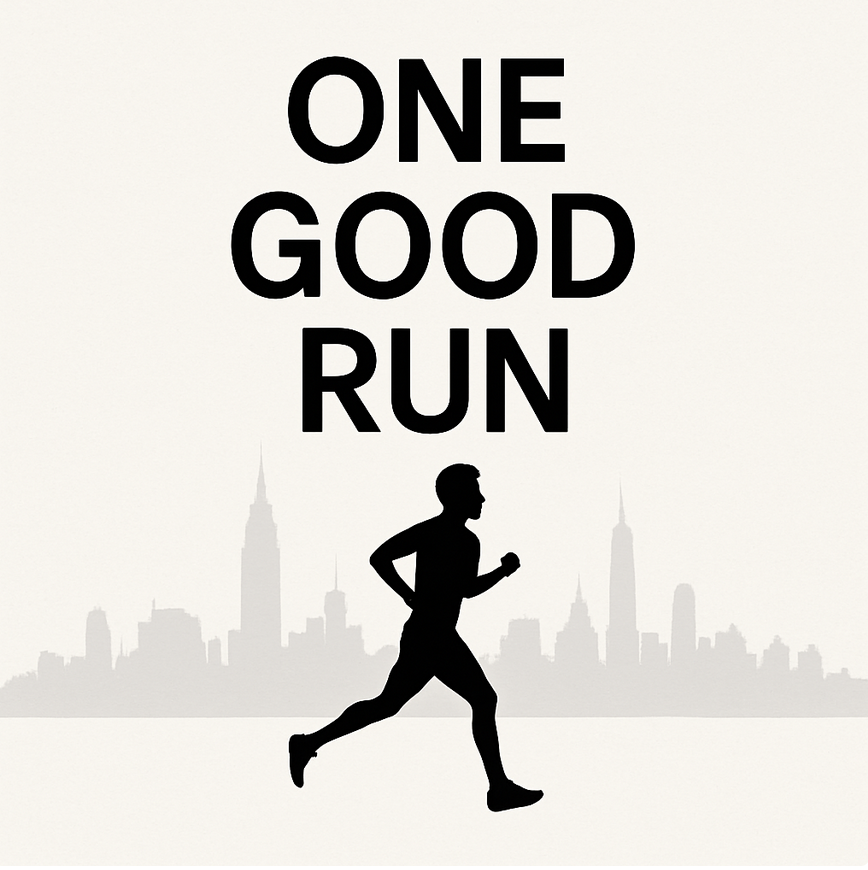Symptoms of tennis elbow
Comes on gradually, related to a recent change in loading
Sore during warm up but feels better during activity
Often worst 24-48 hours after activity
Tendons can become inflamed when severe limiting movement
6 Steps To Fast Track Your Healing
Step 1. Get the right diagnosis first
You will need to have a thorough examination by a physiotherapist to determine if you have any referred pain from your neck and shoulder or if your elbow pain is isolated.
This will assist in a more direct approach to your problem and a speedier recovery.
Elbow pain can be coming from various sources such as:
Once you have been diagnosed with tennis elbow, it’s important to have realistic expectations of recovery.
Patience is definitely required as the healing process of tendons is longer than any other tissue in the body and take anywhere from 2 months to 2 years to full recover from tennis elbow.
You may need to continue with an exercise regime in the longer term - even after you stop seeing your physiotherapist.
This will ensure that your pain stays away for good.
Learning to listen to your body and know how much your arms can handle is a very important skill to learn as you recover.
Step 2. Calm things down
Generally we use two stage process for helping tennis elbow:
Calm things down
Build things back up
Calm things down:
Avoid aggravating activities and other things such as aggressive stretching
Stay calm and know that it will get better - your body is a powerful self healing machine
Write a list of all the activities that aggravate it (see below) and then prioritise the activities with the most important at the top. Try and cut out or delegate 80% of the activities that aren’t important for you to keep going
Cut the remaining load by 50% for 2 weeks and if you haven’t noticed a difference, you may need to cut the load more
Load = duration + intensity of an activity. If you can’t modify duration, you can modify intensity
Learn to listen to your body during an activity and the 24 hours after when the tendon will communicate with you
Common activities that increase the load on the elbow tendons are:
computer use - typing, using mouse e.t.c.
texting on your phone
gardening / weeding
Lifting heavy weights - bicep curls, overhead, swings, pullups
lifting groceries all in one go
carrying a heavy bag around
knitting
lifting small / big children
racquet sports or rowing
Push-ups / yoga / body weight exercise on arms
Massaging / manual therapy
playing musical instruments
ironing
doing dishes
peeling vegetables
gripping a bicycle handle or car steering wheel
Step 3. Ice/ Heat and TENS
Apply ice to the elbow regularly to reduce the pain and inflammation, particularly at the early onset of pain.
Some people find heat in the form of a wheat pack works better, as this can reduce the tension in the muscles and increase blood flow.
Another option is using a TENS machine that can stimulate blood flow to the muscles and tendons (this gives only short term relief and must be used in conjunction with other methods listed).





















